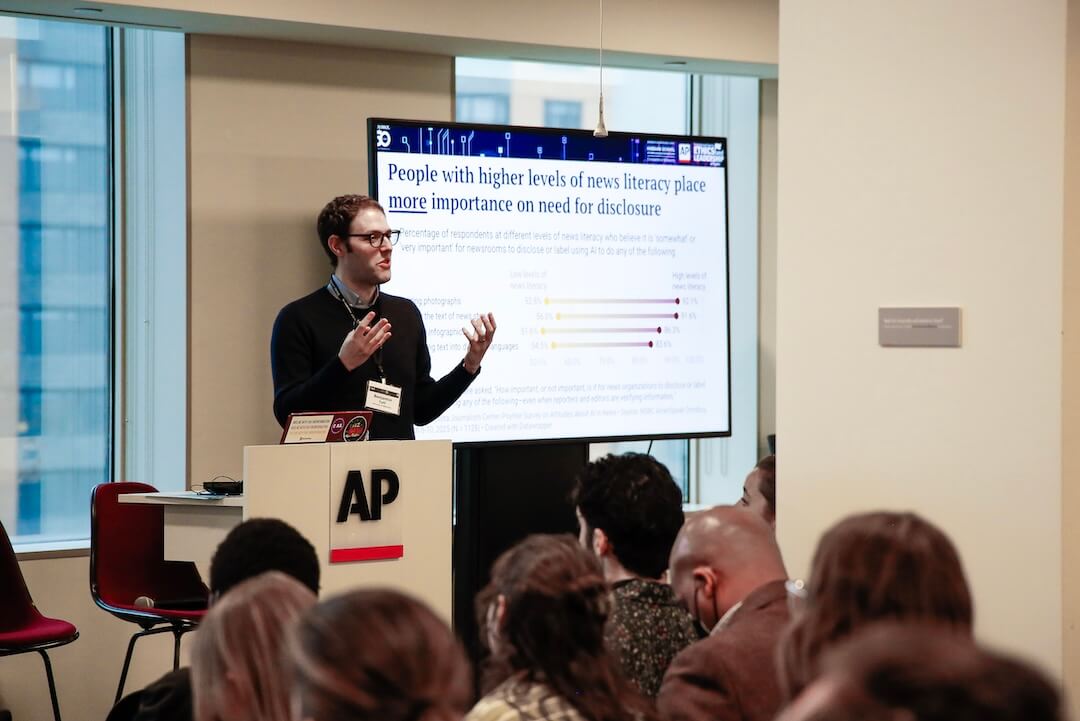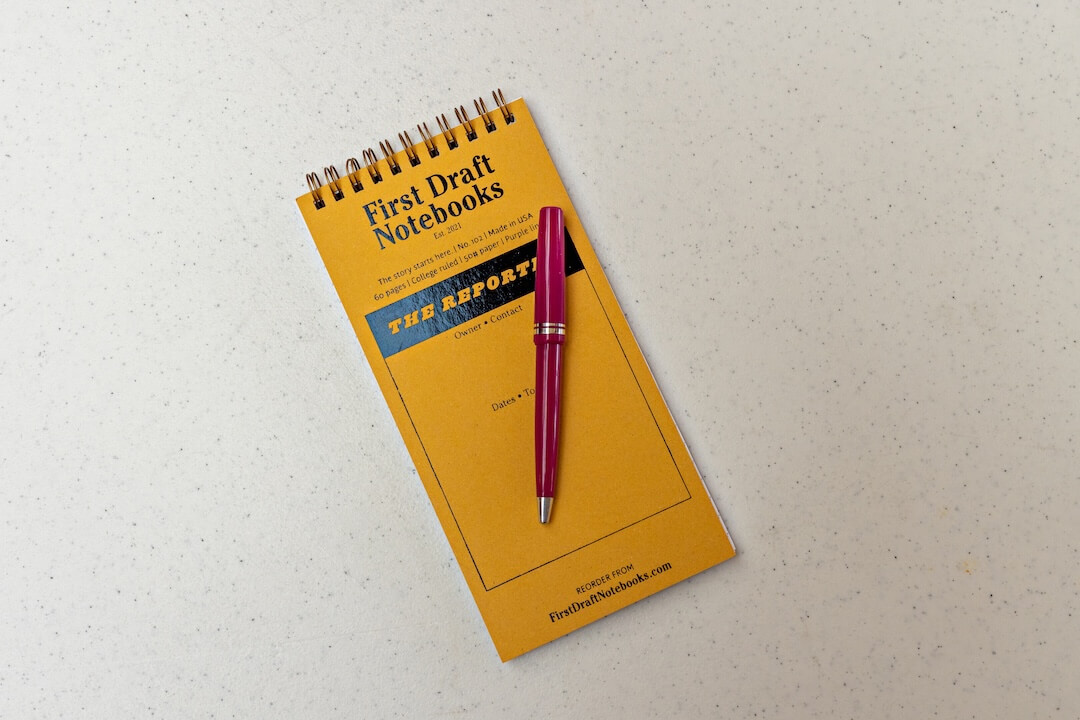Over the course of 16 years spent working in product management for Adobe, Kevin Connor often heard customers ask if there was any way to determine whether an image had been altered using Photoshop.
“We would get calls pretty frequently (and as time went on, more frequently) from people asking, ‘Are there ways to detect this?’ ” said Connor, who was vice president of product management for Photoshop when left the company last year.
Connor is now working with noted digital image forensics expert Dr. Hany Farid on a startup to provide tools to help sniff out altered images. Their company, Fourandsix, will roll out its first detection product later this year. (It’s currently in beta and I hope to start testing it soon.)
The upcoming release will be the first in a suite of products that could potentially be used by news organizations, law enforcement and others to help evaluate whether an image has been manipulated.
Connor said their products will assist with the process of image verification and evaluation, and help people make a more informed decision about the likely origins and lifespan of an image.
“There’s a temptation to want to have some magic bullet or magic algorithm that will tell you whether an image is real or not, and we quickly realized that’s just not going to work,” he said. “What you have to do is approach it as a detective and examine all the various clues in the image itself and the file that contains the image.”
The solution, he said, requires “not one but a series of technologies” and a trained person making an informed call.
I offered some background on photo verification in the aftermath of Osama bin Laden’s death. There are some other great tips for analyzing images in the links I shared in this post on real-time verification. This Columbia Journalism Review interview with Dr. Farid explains more about his work.
A lot of the tips contained in those references relate to the content of the image: Do the things you see — people, clothing, landmarks, etc. — match what the image is supposed to depict?
Connor’s suggestions for spotting manipulation focus more on the image files and some of the telltale clues that emerge when people mess with photos.
Below are three tips from him that can help evaluate whether an image has been manipulated.
Check the file and metadata. Any digital photo file contains useful metadata. Some of this is contained as EXIF data, which you can easily look at by using a tool such as this one or this Firefox add-on. The EXIF data will tell you things such as the type of camera that took the photo, and it can also sometimes reveal the last piece of software used to save the image. Be aware, however, that many factors can affect EXIF data. “Cameras do make different choices about what information to store in EXIF metadata, and when you edit a photo in software it may make further modifications to the EXIF,” Connor said. So not all EXIF data will be the same.
Look for telltale tool marks. “Many of the photo editing tools leave traces behind,” Connor said. “An example is if you use the clone tool [in Photoshop] and clone from one area to another, then you will have a repetition of pixels.” As a result, experts often look to see if parts of an image have been cloned, resulting in copycat pixels within the same image. Is that field of flowers actually one small square of flowers that was cloned again and again? Connor also said that “if you apply image enhancements you may get halos around certain parts of the images.” So scan for halos within the image, and be skeptical if you find any.
Search shadows and reflections. When it comes to manipulated photos, Connor said, “it’s really hard to get everything right.” Hoaxsters make errors. In particular, pay attention to shadows, reflections and perspective lines. This requires you to train yourself to spot these irregularities. Connor said most people don’t notice them — including, of course, some photo manipulators. “There have been studies that show that the human visual system is not particularly attuned to spotting problems with shadows,” Connor said. “If they are even remotely in the right place — or even in the wrong place — as long as there is a shadow then we tend to not see anything wrong.” It takes some practice to become adept at shadow spotting.
Dr. Farid is writing a series of blog posts for the Fourandsix website that offer guidance on how to detect irregularities using image forensics techniques. This post looks at how to examine shadows to see if they are consistent with a light source using what he calls “geometric analysis.” Dr. Farid did two other posts (1,2) about shadows, and here’s a post about understanding reflections.
The image below comes from one of his posts. It illustrates how geometric analysis is performed. The key data illustrated below is that the lines do not intersect in the same place. If the reflections were a result of the same light source, the geometric lines would intersect in the same place, according to Connor. (Read the full post for more detail.)
Correction: Connor followed up after this article was first published to clarify one of his statements about EXIf data. As a result, we changed his quote from “When you save a jpeg there are choices that the camera or software has to make about how to store that jpeg” to “Cameras do make different choices about what information to store in EXIF metadata, and when you edit a photo in software it may make further modifications to the EXIF.” He said his comments about jpegs were inaccurate.








Comments